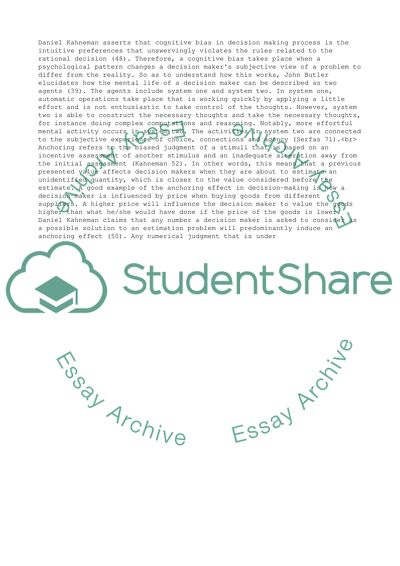Cite this document
(“Cognitive Bias Essay Example | Topics and Well Written Essays - 4500 words”, n.d.)
Cognitive Bias Essay Example | Topics and Well Written Essays - 4500 words. Retrieved from https://studentshare.org/management/1690707-cognitive-bias
Cognitive Bias Essay Example | Topics and Well Written Essays - 4500 words. Retrieved from https://studentshare.org/management/1690707-cognitive-bias
(Cognitive Bias Essay Example | Topics and Well Written Essays - 4500 Words)
Cognitive Bias Essay Example | Topics and Well Written Essays - 4500 Words. https://studentshare.org/management/1690707-cognitive-bias.
Cognitive Bias Essay Example | Topics and Well Written Essays - 4500 Words. https://studentshare.org/management/1690707-cognitive-bias.
“Cognitive Bias Essay Example | Topics and Well Written Essays - 4500 Words”, n.d. https://studentshare.org/management/1690707-cognitive-bias.


